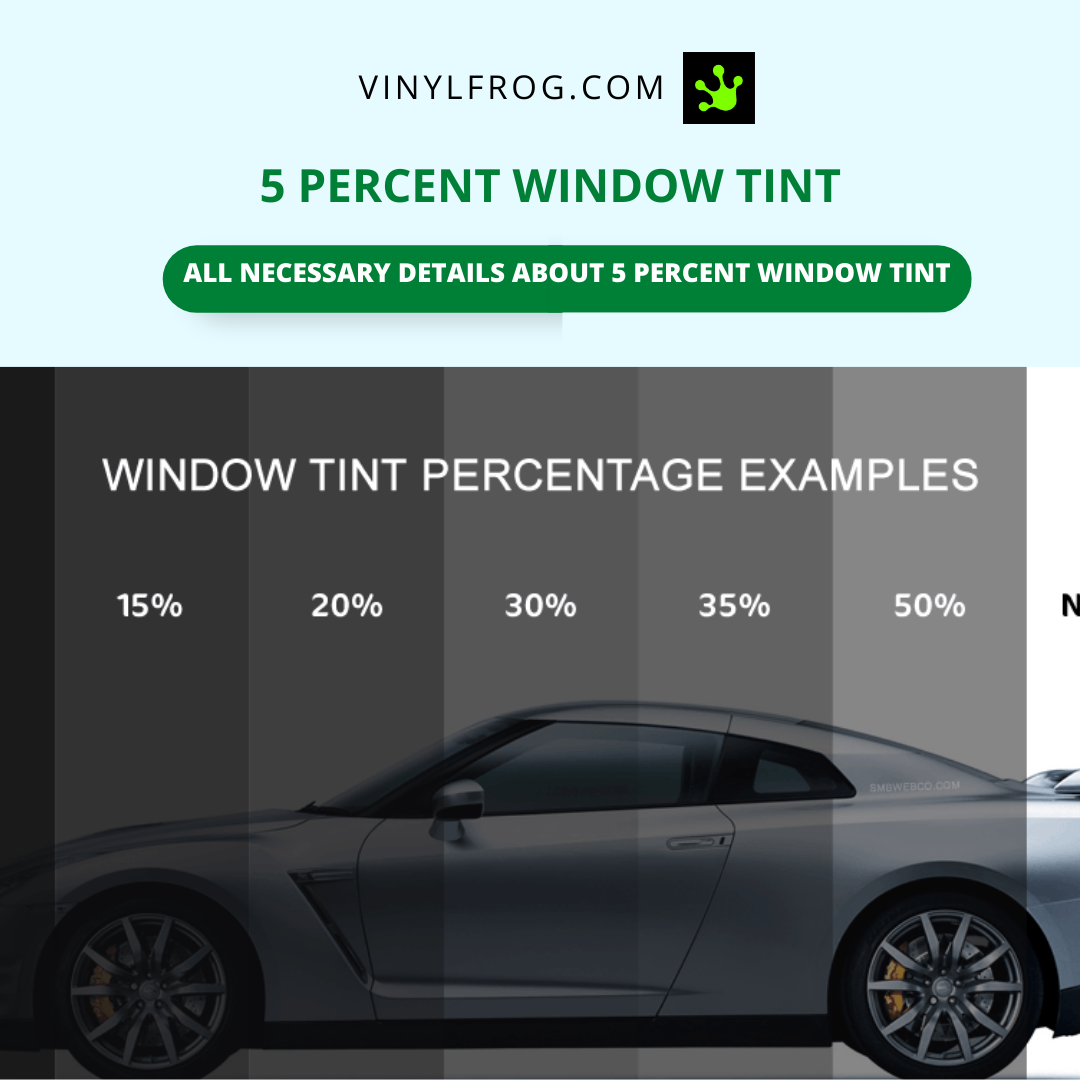Window Tinting Regulations and Standards: What You Required to Know Prior To Tinting Your Auto
Prior to continuing with window tinting for your car, it is vital to acquaint on your own with the varied legislations and guidelines that govern this technique throughout different states. These policies dictate the permissible levels of color darkness, commonly gauged by noticeable light transmission (VLT) portions, and include details terms for front windshields intended at making sure road safety.
Overview of Window Tinting Regulations
Window tinting legislations are often based on variant throughout different jurisdictions, reflecting neighborhood guidelines and safety factors to consider. These regulations determine the permissible levels of color darkness and reflectiveness on lorry home windows, ensuring that vehicle drivers maintain adequate visibility while additionally protecting against harmful UV rays and warm.
A lot of laws identify window tinting based on the Visible Light Transmission (VLT) percent, which shows the quantity of light that can pass through the home window. Generally, lower VLT percents indicate darker colors. Laws commonly differentiate between the front, side, and rear home windows, with more stringent constraints used to the front windscreen to boost safety for both the vehicle driver and various other road customers.
Conformity with home window tinting regulations is essential, as infractions can result in penalties, obligatory elimination of the tint, and possible rises in insurance policy costs. It is essential for vehicle owners to familiarize themselves with neighborhood legislations prior to continuing with home window tinting installments.
State-by-State Tint Regulations
Recognizing the details home window tinting policies in each state is important for car proprietors looking for to comply with the legislation. Each state in the united state has actually established its own collection of guidelines governing window tinting, which can differ dramatically. These guidelines frequently determine the allowed degrees of tint darkness, the types of windows that can be tinted, and any kind of medical exceptions that may apply.
For instance, states like The golden state have strict limitations on color darkness for front home windows, while others, such as New Mexico, might enable darker tints. In addition, certain states mandate particular exposure portions for various windows, consisting of the windshield, front side home windows, and back home windows. It is crucial for vehicle proprietors to familiarize themselves with their state's regulations to stay clear of possible penalties or penalties.
Additionally, some states may require an accreditation sticker to be positioned on tinted windows, suggesting conformity with state laws. Failure to comply with these policies not only takes the chance of legal consequences but can additionally impact safety and visibility while driving. For that reason, automobile proprietors must perform thorough research or seek advice from neighborhood authorities to make sure full understanding and compliance with state-by-state color guidelines.
Allowed Color Levels and Kinds
Numerous lorry proprietors might be amazed to learn that allowed tint degrees and types differ extensively across different states. Each state has actually established its own guidelines regarding the allowable darkness and reflectivity of window tint, typically measured by Visible Light Transmission (VLT) percents. VLT describes the amount of light that can go through the tinted home windows; therefore, a reduced portion suggests a darker tint.

Additionally, the kinds of tint materials enabled can vary, with some states restricting metallic or mirror-like coatings. It is crucial for car proprietors to familiarize themselves with their state's specific legislations to guarantee conformity. Non-compliance can lead to penalties, mandatory elimination of the color, or other legal repercussions, making it crucial to recognize these policies before waging installment.
Medical Exceptions for Tinting
While not all states give allowances for clinical exceptions concerning home window tinting, those that do recognize the requirement for particular people to boost exposure and comfort because of medical problems. Numerous medical problems, such as lupus, skin cancer, and particular eye disorders, can render people especially sensitive to sunlight. Consequently, these individuals might require darker tints to safeguard themselves from harmful UV rays and glow.

It is necessary to note that also with a clinical exception, there may still be limitations on the level of tint permitted. Compliance with state legislations makes certain that people are both secured and within legal restrictions. Those considering clinical exemptions should call their local Division of Motor Autos or equal authority to understand the treatments and needs needed to obtain an exemption successfully.
Charges for Non-Compliance
Stopping working to comply with home window tinting YOURURL.com legislations can result in significant penalties, which vary by state. Legislation enforcement firms are equipped to provide citations for vehicles that do not follow the specified tinting guidelines. These fines generally include fines, which can range from small amounts to a number of hundred dollars, depending upon the intensity of the infraction and the state concerned.
In some territories, duplicated offenses might lead to escalating penalties or added charges, such as required court looks. Moreover, non-compliance might require the removal of illegal tinting, frequently at the owner's cost. In extreme instances, regular wrongdoers may deal with suspension of their car registration up until conformity is achieved.
Additionally, insurance coverage effects might arise from getting several citations for home window color offenses. Insurance firms may check out such violations as an indicator of riskier habits, possibly leading to boosted premiums or problem in insurance coverage.
To avoid these charges, it is critical for vehicle proprietors to acquaint themselves with their local window tinting laws and make sure linked here that their automobile complies (Window Tinting). This proactive method not just avoids lawful implications yet also advertises road security
Conclusion

Many guidelines categorize home window tinting based on the Visible Light Transmission (VLT) percent, which shows the amount of light that can pass with the window. Conformity with home window tinting policies is important, as infractions can result in fines, compulsory elimination of the tint, and potential increases in insurance coverage premiums.Understanding the particular window tinting regulations in each state is vital for automobile owners seeking to conform with the legislation. These guidelines commonly dictate the allowed levels of tint darkness, the types of windows that can be tinted, and any kind of clinical exemptions that might use.
For circumstances, states like The golden state click to read more have strict restrictions on tint darkness for front home windows, while others, such as New Mexico, might permit darker tints.